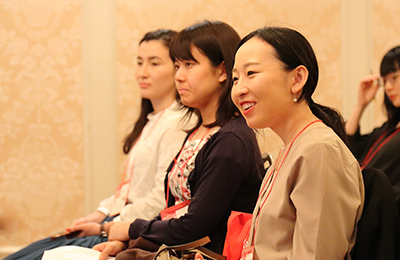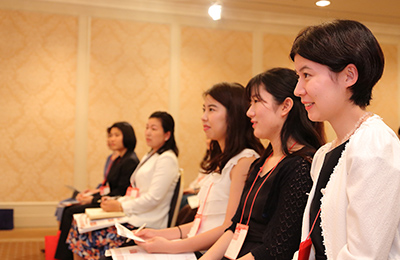Media strongly influences us, it goes without saying. How should the media broadcast, communicate, and lead to build a better, fairer society? Why do men so vastly outnumber women as media commentators, as editors, and as decision makers? Any new wind blowing in the media related to SDGs? Some of the top journalists in Japan will provide their perspectives.
SDGs and Media
円卓会議202SDGs and Media
-
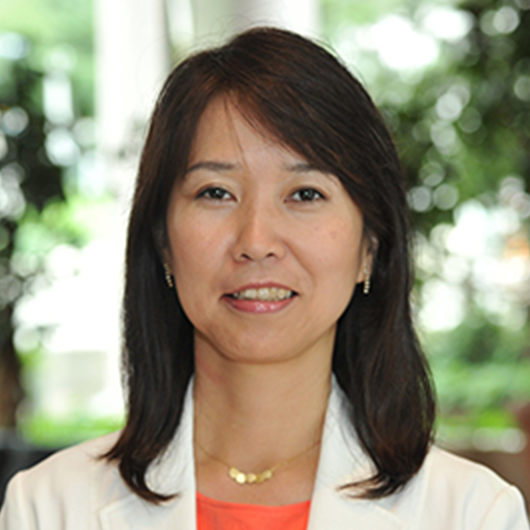 Sayuri Daimon
Sayuri DaimonExecutive Operating Officer / Senior Editorial Writer, Editorial Writers Board
The Japan Times
-
 Katie Starr
Katie StarrJournalist, Canadian Broadcasting Corporation (CBC)
-
 Minori Takao
Minori TakaoNHK World News Anchor
-
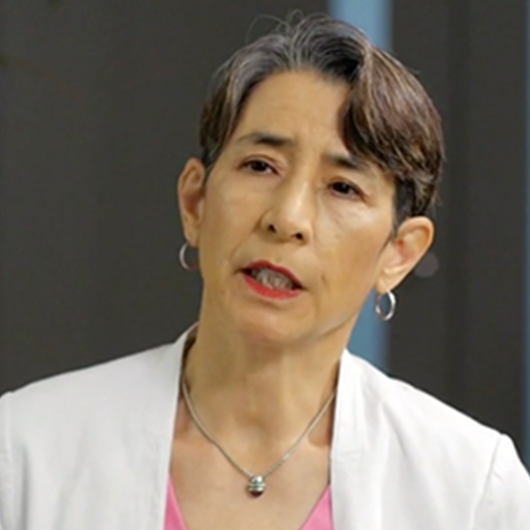 Lucy Craft
Lucy CraftReporter and Producer, CBS News Tokyo Bureau
-
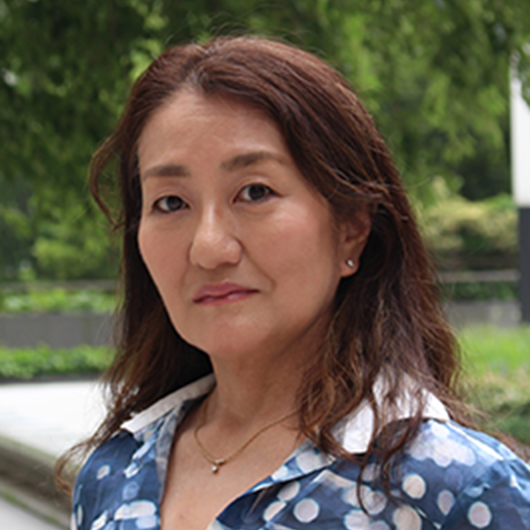 Yuko Kato
Yuko KatoDigital Editor of BBC News Japan
-
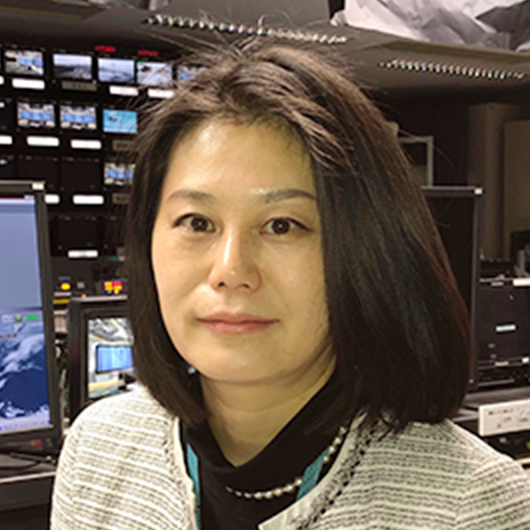 Keiko Yamamoto
Keiko YamamotoSenior Manager
News Devision, Nagoya Station NHK(Japan Broadcasting Corporation)
Let’s think about media from now on as infrastructure that’s just as critical as the physical infrastructure that we use in our lives.
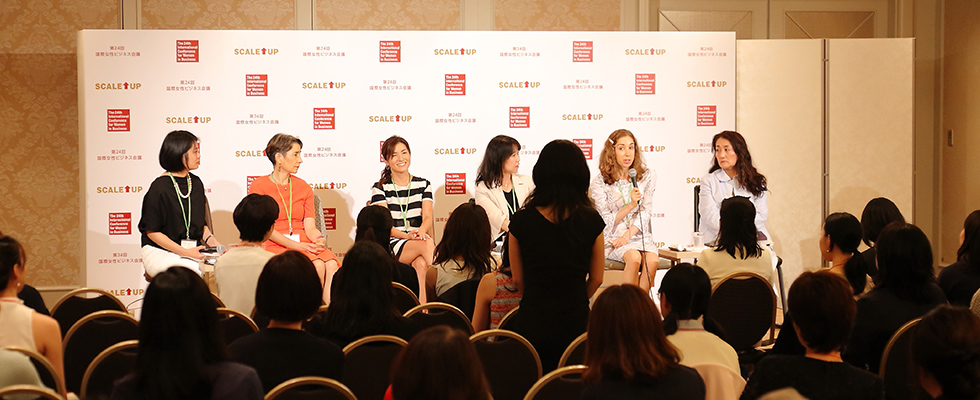
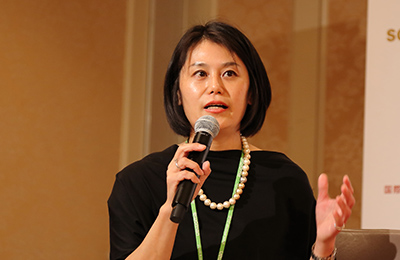
The panel in Sustainable Development Goals (SDGs) and Media focused on gender equality in the media, how media create subconscious bias, and whether media assist in the achievement of SDGs. It was an eye-opening discussion into the more unconscious societal patterns we inadvertently perpetuate. Keiko Yamamoto facilitated this discussion with some of Japan’s top journalists: Lucy Craft, reporter and producer for CBS News Tokyo; Minori Takao, NHK World News manager and anchor; Sayuri Daimon, executive operating officer of The Japan Times; Katie Starr, Journalist of CBC; and Yuko Kato, digital editor of BBC News Japan.
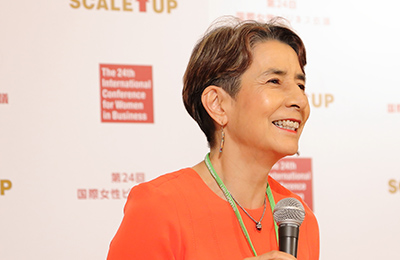
Ms. Craft, a journalist since the 1970s, provided an American and a global perspective on gender and media and discussed several key topics within the larger subject, including the lack of representation, the Scully Effect, and lack of focus on media infrastructure. With all-round experience working both locally and abroad, Ms. Takao expanded on the topic of gender bias within Japan, and shared the changes she helped make to the newsroom to hire more female anchors. Ms. Daimon discussed the importance of having women in the newsroom, and how women in media can bring about long-lasting change. She also offered advice on how to manage child-rearing alongside a full-time career.
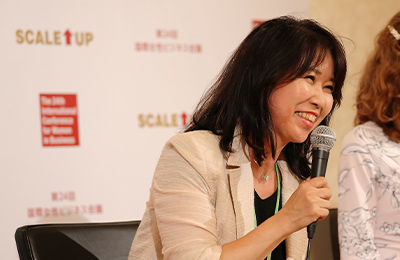
Katie Starr continued the discussion bringing in the perspective of Canada and its gender and media politics, sharing some data and statistics on representation within media, both behind and in front of the camera. Ms. Kato, who previously worked for Asahi Shimbun , discussed the highly successful pan-BBC 50:50 Project, which was launched in order to achieve gender equality on BBC programming to better reflect its audience. When the project started in 2018, only 27% of the BBC shows who signed on to the project had 50-50 parity, but as of April 2019, 74% have 50% female contributors. The 50:50 Project now covers over 500 BBC teams and over 20 external partners have signed on to replicate BBC’s results. She also spoke about how to scale up female contribution in the media industry. Ms. Kato provided some strategies on how to promote flexibility in the workplace for working parents, especially for mothers who take on more responsibility with child-rearing. The diversity within this panel truly allowed for a multitude of perspectives and case studies to be examined to get a holistic look at gender and media today.
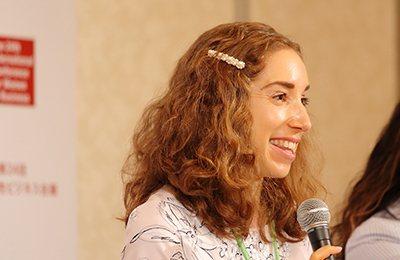
Ms. Yamamoto opened the floor for an engaging Q&A section. The panelists offered advice on how to implement these changes in the media industry, especially in countries with some cultural resistance to such change. One interesting question was about the inclusivity of news pieces targeting women and how to get everyone, male or female, involved in what Ms. Kato called a human rights issue; women’s rights. The panelists also gave great tips on how to generate more interest from all employees in the workplace about women’s issues. Ms. Yamamoto put it succinctly: “invite and involve.” Another audience member asked a highly relevant question about how women can filter what they absorb from media messages today when equal media representation is still more dream than reality. The panelists offered some wonderful tips and strategies on how to diversify media usage. The panelists also advised how companies and organizations can better tackle the gender gap.
